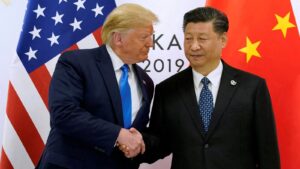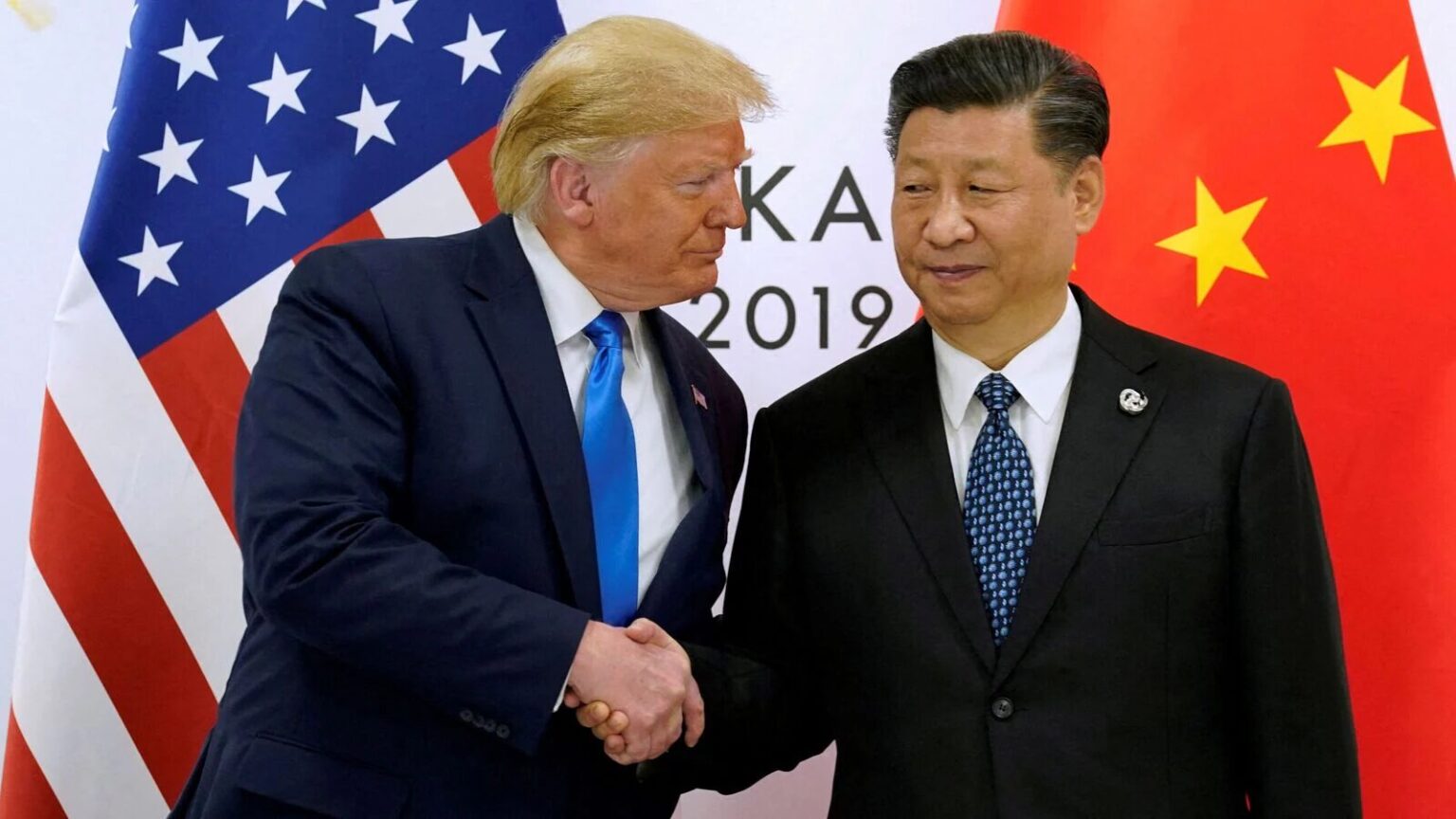|
Getting your Trinity Audio player ready...
|
In a major breakthrough, the United States and China have agreed to temporarily reduce reciprocal tariffs, marking a significant step toward ending their long-running trade war. The unexpected deal has boosted global markets, easing fears of a recession and offering relief to businesses impacted by the economic standoff.
A Deal That Surpassed Expectations
The agreement came after high-level talks in Geneva between U.S. and Chinese officials, including U.S. Treasury Secretary Scott Bessent and Trade Representative Jamieson Greer. Both sides hailed the progress, emphasizing a shared commitment to balanced trade and economic stability.
“Both countries represented their national interest very well,” Bessent stated. “We both have an interest in balanced trade, and the U.S. will continue moving towards that.”
The Geneva meetings were the first face-to-face discussions since former President Donald Trump returned to office and escalated tariffs, imposing steep duties on Chinese imports. The latest deal signals a potential thaw in trade tensions, with both nations agreeing to avoid further economic decoupling.
“The consensus from both delegations this weekend is neither side wants a decoupling,” Bessent said. “What had occurred with these very high tariffs… was the equivalent of an embargo, and neither side wants that. We do want trade.”
Key Details of the Agreement
While the exact percentage of tariff reductions remains undisclosed, analysts suggest the cuts are deeper than anticipated. The deal does not include sector-specific tariffs but allows the U.S. to continue strategic rebalancing in critical industries like semiconductors, pharmaceuticals, and steel—areas where supply chain vulnerabilities were identified.
Under Trump’s latest tariff hikes, U.S. importers faced duties as high as 145% on Chinese goods, on top of previous levies from his first term and the Biden administration. China retaliated by restricting exports of rare earth minerals—essential for U.S. defense and electronics—and raising tariffs on American goods to 125%.
The temporary rollback provides much-needed breathing room for businesses caught in the crossfire.
Market Rally as Investors Cheer the Deal
The announcement triggered a sharp rally in global markets, particularly for companies hit hardest by the trade war.
- Shipping giant Maersk surged over 12% after warning last week that U.S.-China container volumes had plummeted.
- Luxury brands LVMH and Kering (owner of Gucci) jumped 7.4% and 6.7%, respectively, as reduced tariffs could revive consumer demand.
“This is better than I expected. I thought tariffs would be cut to somewhere around 50%,” said Zhiwei Zhang, Chief Economist at Pinpoint Asset Management in Hong Kong. “This is very positive news for both economies and makes investors much less concerned about damage to global supply chains in the short term.”
Economic Relief After Years of Trade War Fallout
The U.S.-China trade war had brought nearly $600 billion in two-way trade to a standstill, disrupting supply chains, fueling stagflation fears, and leading to job losses in affected industries.
Wall Street futures climbed as optimism grew that a full-blown global recession might be avoided. Trump, who had previously declared a national emergency over fentanyl imports, also noted progress in separate discussions on curbing the opioid crisis.
What’s Next?
While the tariff reduction is temporary, it sets the stage for further negotiations. Both sides appear committed to avoiding further escalation, but long-term solutions will depend on continued diplomacy.
For now, businesses and investors are breathing a sigh of relief—hoping this deal marks the beginning of a more stable trade relationship between the world’s two largest economies.
Key Takeaways:
- U.S. and China agree to slash tariffs in a surprise deal.
- Markets rally as recession fears ease.
- No full decoupling—both sides want continued trade.
- Critical industries like semiconductors and steel remain strategic priorities.
- Temporary relief, but long-term solutions still needed.
This breakthrough could be a turning point in global trade—offering hope for economic recovery and renewed cooperation between the U.S. and China.
What do you think? Will this deal lead to lasting peace in the trade war, or is it just a temporary pause? Share your thoughts in the comments!

